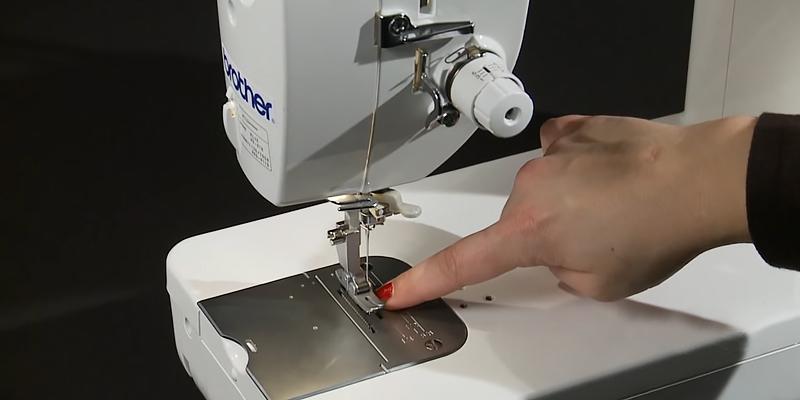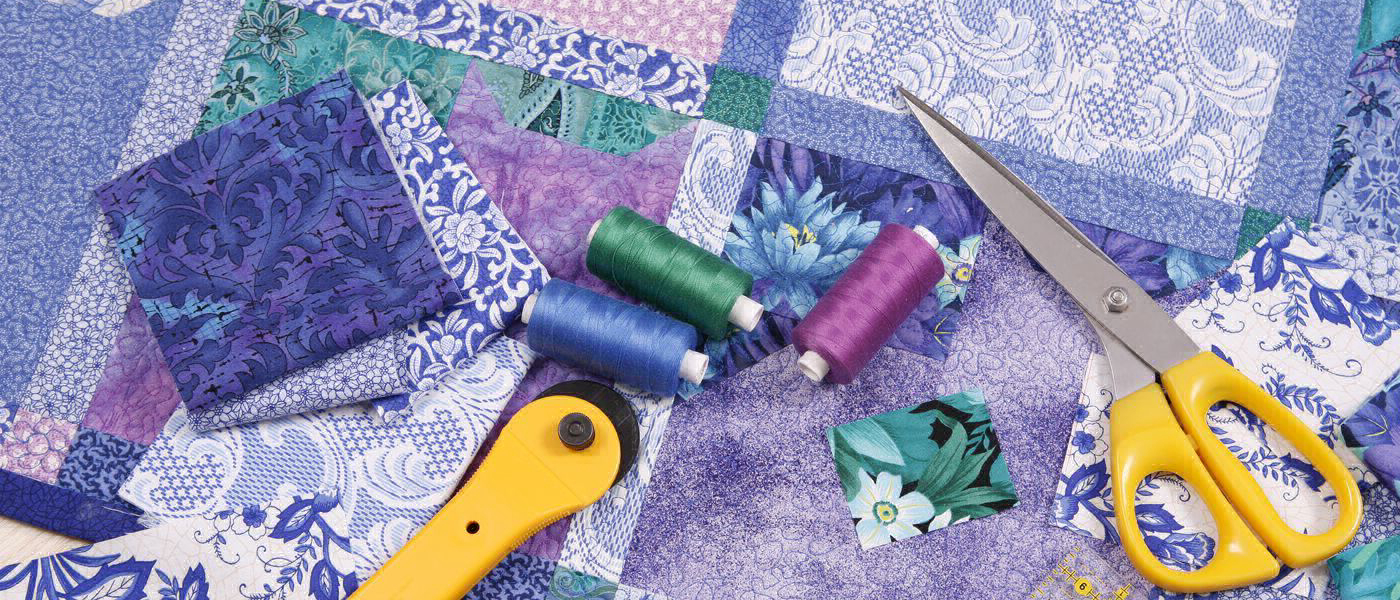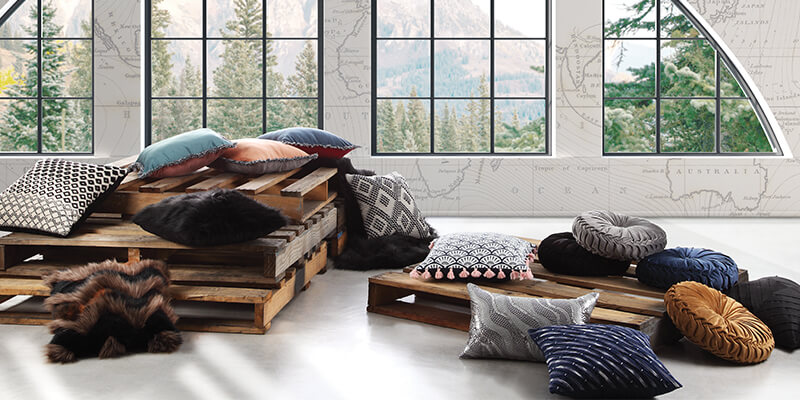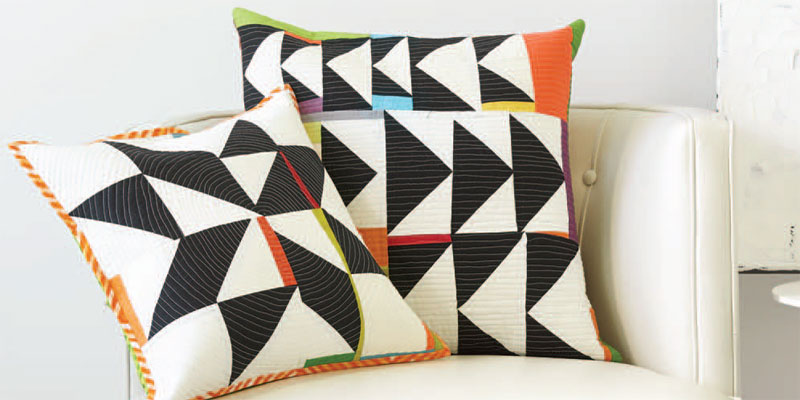
Quilting on a sewing machine is quite tricky for a beginner. If you have decided that you will use a device to sew your quilt, then you should ensure that you get your machine ready for the task at hand.
Start with a small quilt: If you have just started to sew and consider yourself a beginner, then it is beneficial to start with a little project. If you start big and mess up, then you will never have the confidence to do it again. Go with a maximum of 50 inches which is an optimal size for a beginner anything less will be too tiny for your liking. You should have enough fabric so that it rests well in your hand and you do not sew your fingers.
Use safety pins to pin down the fabric: When you are sewing the panels or even quilting, it is best to use safety pins. A flat, smooth surface is also needed, lay out the fabric and iron it so that it becomes stiff. All the puffiness that the fabric brings reduces once you iron it and your hands will feel more comfortable.
Reduce the feed dogs: The feed dogs are the parts below the plate where the fabric is fed to the needle. These should be fixed, if not you cannot expect to get straight lines. The feed dogs should be reduced to as less as possible so that they do not allow the fabric to move. To securely stitch the fabric, sew it more than once.
Opt for bold designs on fabric: Choose fabric which can cover up your mistakes. The back of the quilt should not be of a solid color as it does not hide all those curved thread lines in your first attempt. Look for fabric which does not show up the skipped stitch or any other mistake.



